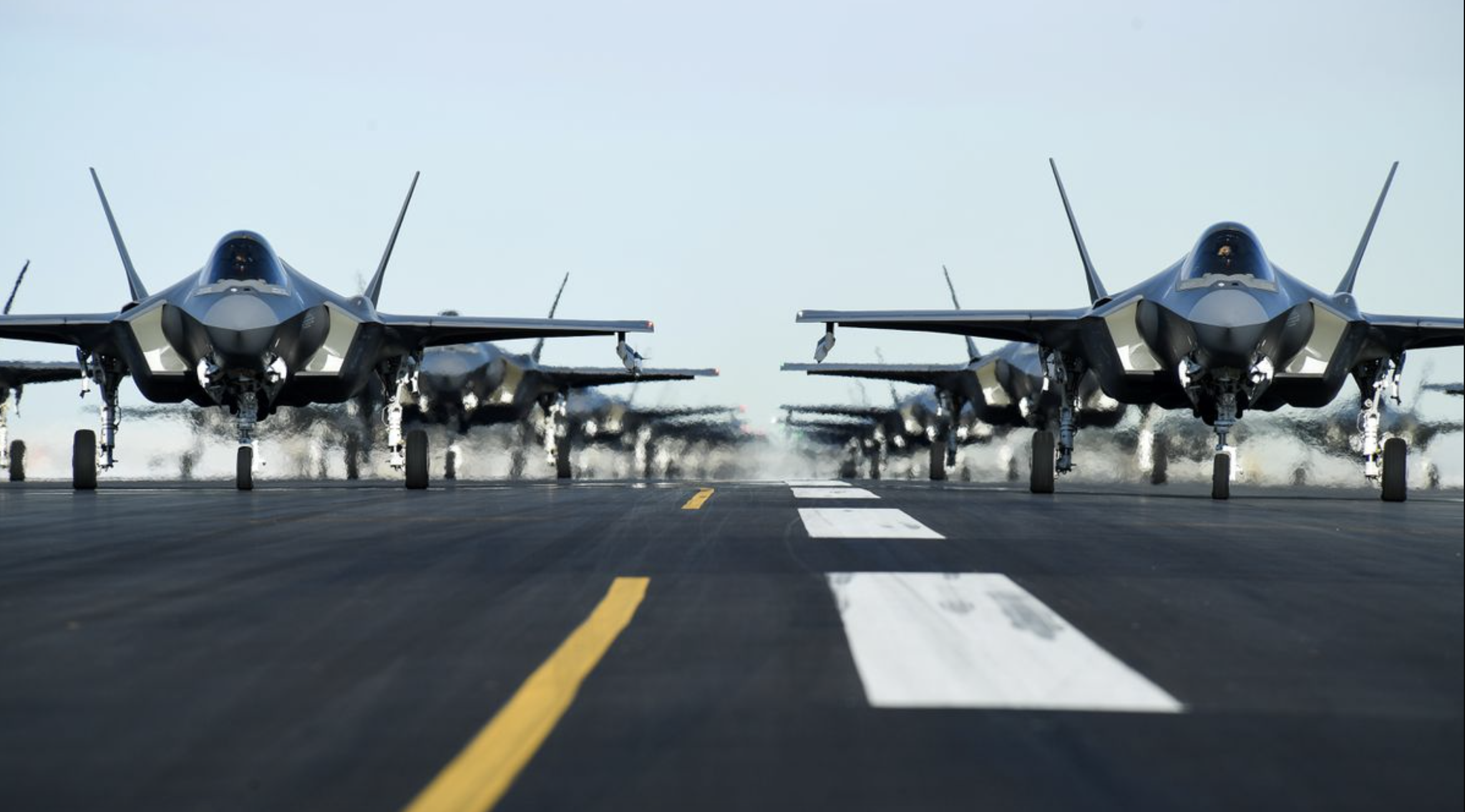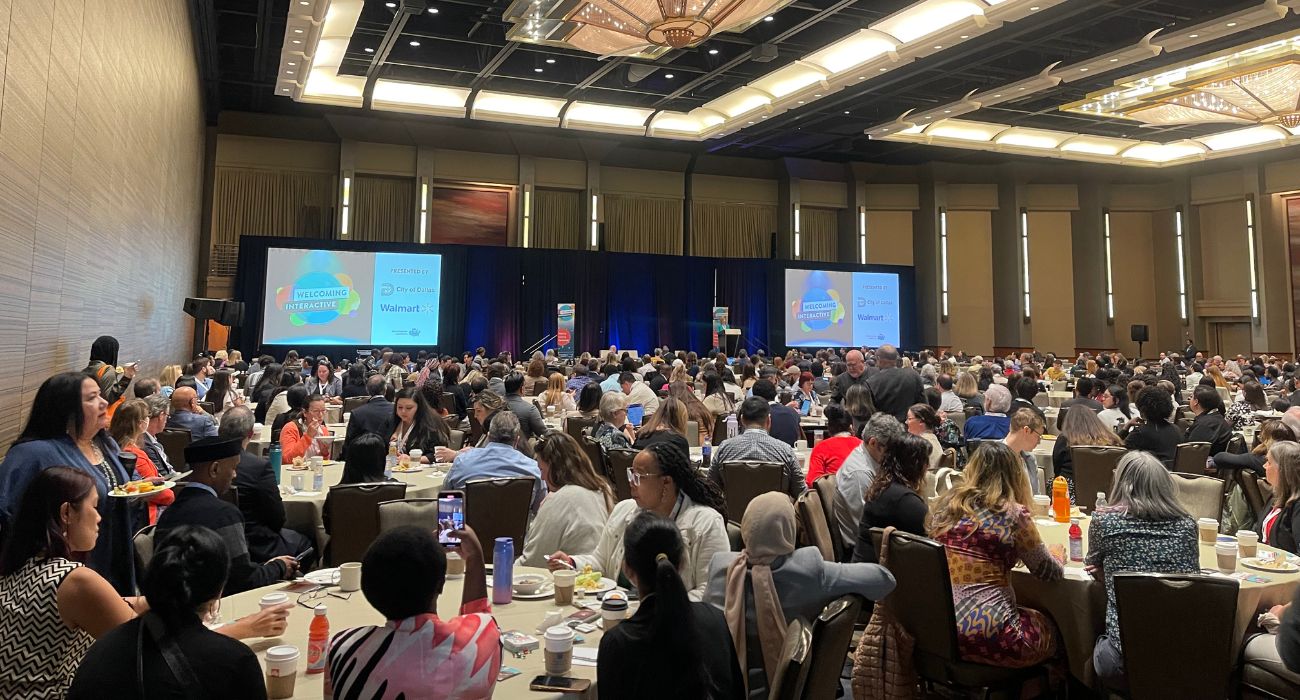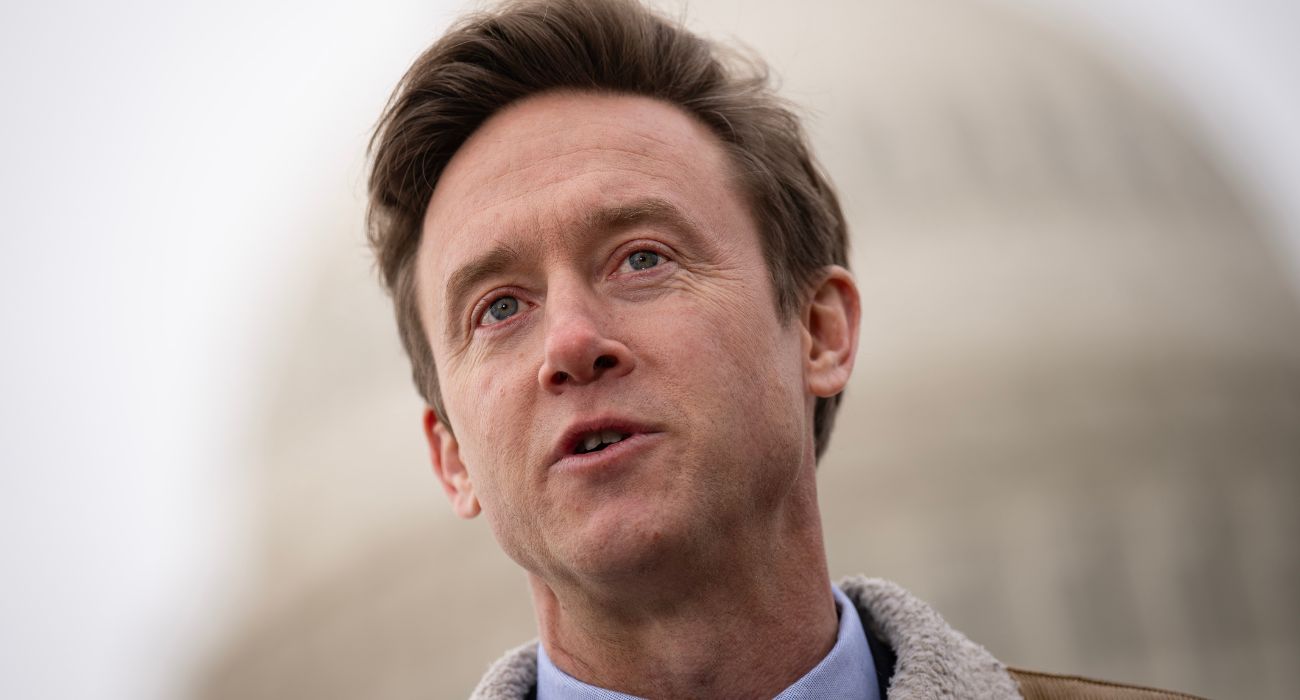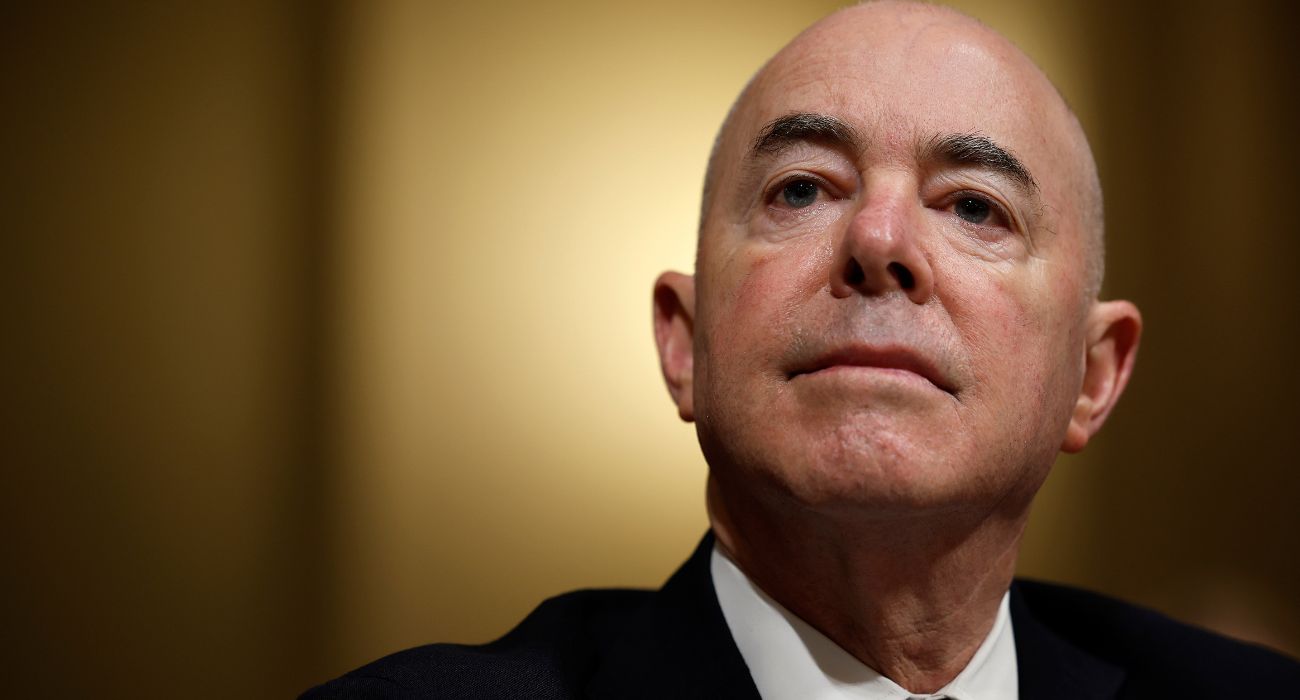U.S. Air Force F-35A stealth jets made their first publicly disclosed trip to South Korea since 2017 on Tuesday, as the allies and nuclear-armed North Korea engage in an intensifying cycle of military drills.
South Korea’s defense ministry said the six F-35As would be in South Korea for 10 days.
Joint military exercises have been publicly decreased in recent years, first in 2018 due to diplomatic efforts to engage North Korea and then later due to the COVID-19 pandemic.
To offset North Korea’s unprecedented number of apparent missile tests this year, South Korean President Yoon Suk-yeol, who took office in May, has reportedly sought to publicly display the military might of its alliance with the U.S.
“The purpose of this deployment is to demonstrate the strong deterrent and joint defense posture of the U.S.-ROK (Republic of Korea) alliance while at the same time improving the interoperability between the ROK and U.S. Air Force,” the ministry said, using the abbreviation of South Korea’s official name.
The planes departed from Alaska’s Eielson Air Force Base, according to a statement from U.S. Forces Korea (USFK).
Although USFK would not specify whether there had been any unannounced trips, it stated that this was the first public deployment of fifth-generation fighter aircraft to South Korea since December 2017.
An ex-senior U.S. official previously told Reuters that numerous drills had continued but had not been made public during diplomatic talks.
The United States sold 40 F-35As to South Korea, and the country is looking to buy another 20. USFK stated that joint drills will include F-35As from the South Korean air force.
Joint drills and South Korea’s arms purchases have both been criticized by North Korea as examples of “hostile policies” that show the U.S.’s offers to negotiate without conditions are empty.






